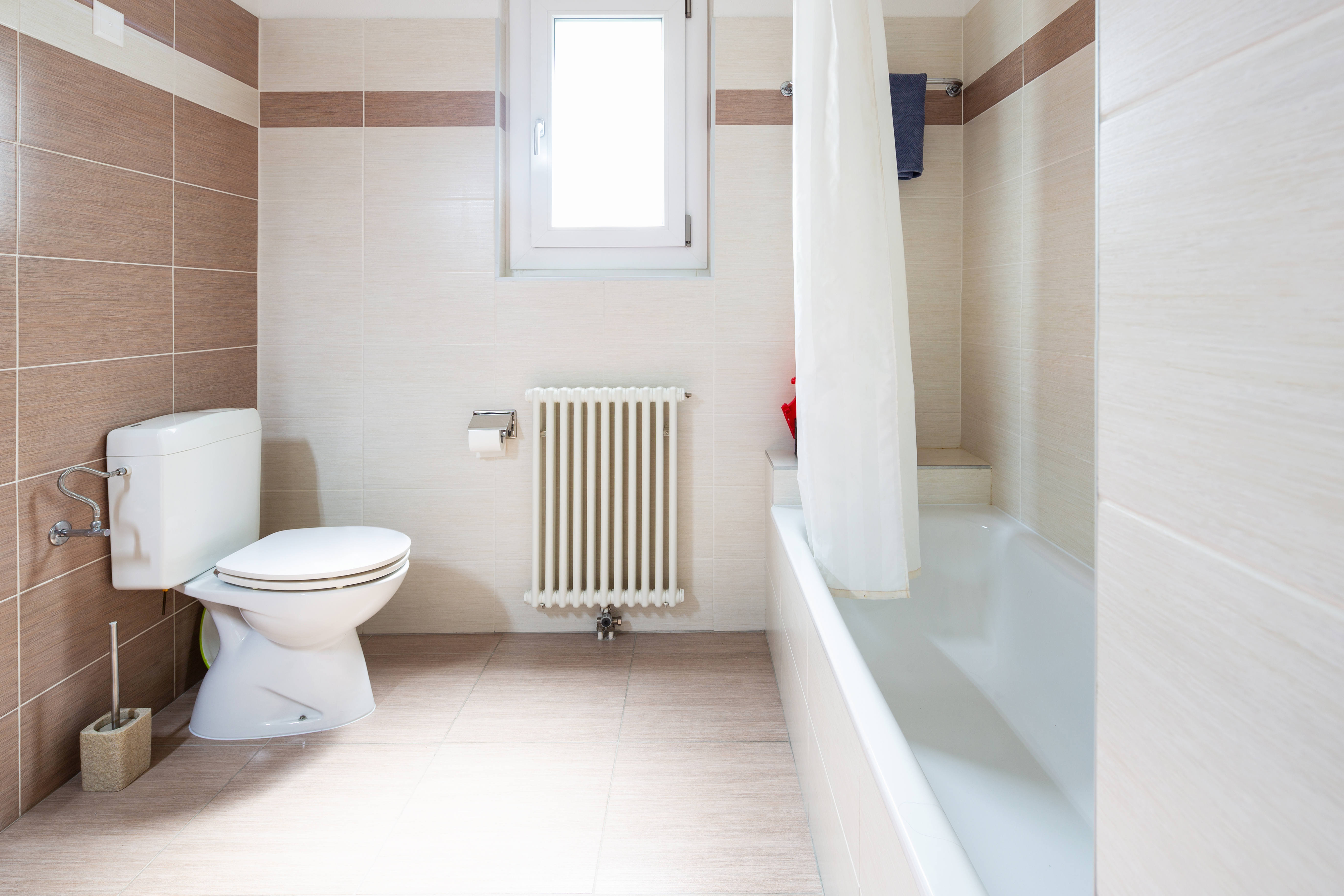Remodeling your home can be expensive if you’re not careful and finding items on sales or at a discount doesn’t always mean ‘cost effective’ either – you can spend a lot of money without getting much back in return. You’ll want to spend wisely with any renovation work. Keep your spending under control when taking on a home project with our savvy buyers guide for home renovations.
Plan and prep
You should know exactly what you’re going to do, what materials you want to use and how you want to use them before you commit to remodeling. Planning is vital when it comes to a big project, especially if this is one that may disrupt your lifestyle for a period of time. Do make sure you give yourself plenty of time to complete the remodeling, as working under added pressure can cause mistakes. During the planning stages, give yourself a realistic budget to aim for. If you can’t do the job within your budget, wait and save until you can afford it so that you don’t stretch your finances too far. If you’re struggling to come up with the initial costs, there are financial funding options that can help.
Do it yourself
If you’re feeling up to the challenge, a great way to save on costs when renovating your home is to do as much work as you can yourself. Getting rid of the tradesperson’s fees means that you could massively reduce your outgoings. Obviously, you should only take on work you feel 100% capable of accomplishing. Some options can be as simple as adding single sink vanities to the bathrooms. Though a simple addition, vanities can really bring out the room, add value to the home, and bring organization to the bathroom. Installation is usually not too difficult. So, if you’re not a trained plumber, stay away from fitting a new sink. Even painting a room, doing the prep work or assembling flat packed furniture can cause a reduction and give you a sense of pride as well. You’d be surprised on what you can get prefabricated these days, leaving you a simple installation job. From steel sheds to boxy storage units; why not give it a go and save money in the process?
Recycle and reuse
For worktops, shelving units and even flooring, get savvy and search in second-hand stores, local yard sales and even scrap yards. Even if the item is unusable in its current state, you could more than likely transform the product into something useful. You just need a bit of imagination. Search thrift stores for fabrics, scrap yards for metal work and flea markets for furniture you can upcycle or repurpose. Old items of indoor furniture could be repurposed as outdoor items, for example, as you get your space summer-ready.
Invest in items that are worthwhile
It can be too easy to opt for the cheapest model on the market, but it’s important not to scrimp on the important details. Invest in the essentials such as good plumbing and lighting. Also, by spending a few more bucks on a trusted, hard-wearing brand will, in most cases, ensure items stand the test of time. So, even though it may have a heavier price tag, it’ll save you on the unexpected maintenance costs in the future.
There you have it. With this buyers guide for home renovations and excellent tips you’ll be able to keep your spending under control while renovating your home.
Read more home decor and buyers guide articles at Cliché Magazine
Images provided by Flickr CC License




